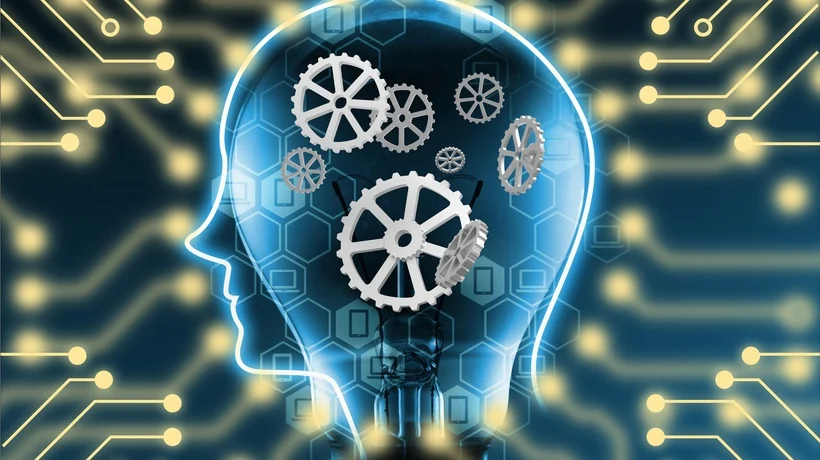Finastra Senior Data Scientist Terrence Alsup examines the developments he sees coming over the horizon for AI in 2025.
The adoption of AI has surged in 2024, transforming the way businesses operate in a revolutionary way since ChatGPT burst onto the scene in 2023.
McKinsey & Company recently reported that 72% of organisations have integrated AI into at least one business function, underscoring the rapid acceleration of this technology’s influence.
While Gen AI continues to be a significant driver of this growth, the AI landscape is poised for further evolution in 2025, with new trends reshaping its trajectory.
From multimodal models to responsible AI practices, the coming year holds immense promise.
To delve deeper into these developments, we spoke with Terrence Alsup, Senior Data Scientist at Finastra, about the emerging trends likely to define the AI space in 2025.
Multimodal models
One of the most promising advancements in AI is the rise of multimodal models. These systems integrate diverse data sources – text, images, video, and audio – expanding AI’s potential applications significantly.
“Qwen-VL, for instance, is a large-scale vision-language model enabling tasks like document extraction and answering visual prompts, such as analysing an image to identify its context,” says Terrence.
The implications of this capability are vast. Businesses with substantial unstructured data, such as scanned legacy documents, can harness vision-language models to unlock new insights.
This technology is particularly valuable for organisations seeking to modernise their data infrastructure and enhance operational efficiency.
By streamlining information retrieval from varied formats, multimodal models are set to become indispensable tools in AI-driven workflows.
Agentic AI
As AI systems grow more advanced, agentic AI has emerged as a game-changer.
These AI agents are capable of intelligent decision-making, enabling the automation of complex tasks traditionally requiring human intervention.
Terrence explains, “Frameworks like LangChain connect language models to external data and APIs, providing up-to-date, accurate responses.”
This development has significant implications for conversational AI, particularly in customer service and internal operations.
With AI agents integrating real-time information into their outputs, businesses can provide enhanced user experiences. Moreover, the efficiency gains realised from these systems underscore their value across sectors, ensuring their sustained adoption in 2025.
Responsible Gen AI
The rapid deployment of Gen AI technologies raises important questions about responsible usage.
Without robust frameworks, organisations risk introducing bias, errors, or even misuse of AI outputs.
“Businesses need to invest in employee training to maximise GenAI’s potential while mitigating risks like bias or hallucinations,” says Terrence.
This focus on responsible AI aligns with broader societal expectations. As the use cases for GenAI grow, so too does the need for transparency and ethical practices.
Ensuring that employees are well-versed in prompt engineering and the limitations of large language models is critical for sustaining trust in AI-powered systems.
2025 and beyond
The evolution of AI is accelerating, bringing unprecedented capabilities to businesses worldwide.
Multimodal models are unlocking new applications, agentic AI is redefining automation, and the emphasis on responsible GenAI underscores the importance of ethical considerations in technology.
“AI-powered innovation will continue to unlock incredible insights and capabilities across sectors, but it’s crucial to consider its broader societal and environmental impacts,” says Terence.
With these trends poised to shape the year ahead, organisations that embrace AI thoughtfully and strategically will be positioned to harness the next evolution of AI in 2025 and beyond.



